
| Product name |
Optical Cylindrical Lens |
| Material |
optical glass, laser crystal, fused silica, anti-radiation glass, ultraviolet and infrared materials, metal materials, such as SiO2, CaF2, BaF2, ZnSe, ZnS, etc. |
|
Design wavelength |
400nm-1100nm or customized(can be customized according to requirements) |
|
Tolerance of focal length |
±2% |
|
Shape tolerance |
±0.01-±0.2mm |
|
Thickness tolerance |
±0.01-±0.2mm |
|
Surface accuracy |
λ/20~λ/2 / ∅100mm |
|
Finish |
National standard three, 10/5 ~ 80/50 (reference value) |
|
Eccentricity |
30 "~5'(or△t≤0. 02) |
| Effective aperture |
>90% |
| Inverted side | <0.2×45° |
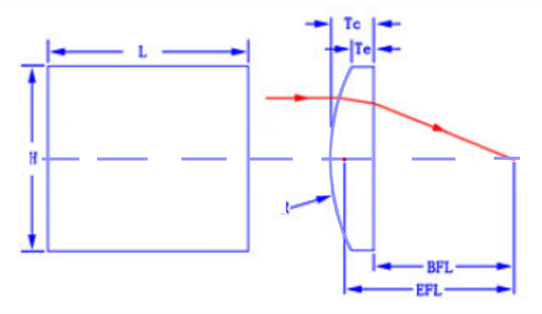
Description:
Cylindrical lens are designed for applications that require one-dimensional shaping of the light source. They have flat-concave and flat-convex structures, both of which are used to diverge or converge the beam. It is generally used to focus incident light on a line or to change the aspect ratio of the image. Cylindrical mirrors have a cylindrical surface that enables incident light to be focused in a certain dimension and stretch the image. The focal length of the cylindrical lens can be negative or positive, which is suitable for laser line generation or deformed beam shaping to circulate the laser output.
Application:
Cylindrical lenses are widely used in high-precision testers and devices, synchrotron radiation beam lines, bar code scanners and strong laser systems, electronic optical metrology verification, laser scanners, spectroscopy, laser diode output light shaping beauty, light sheet lighting fixtures It is widely used in manufacturing industries such as microscope imaging.

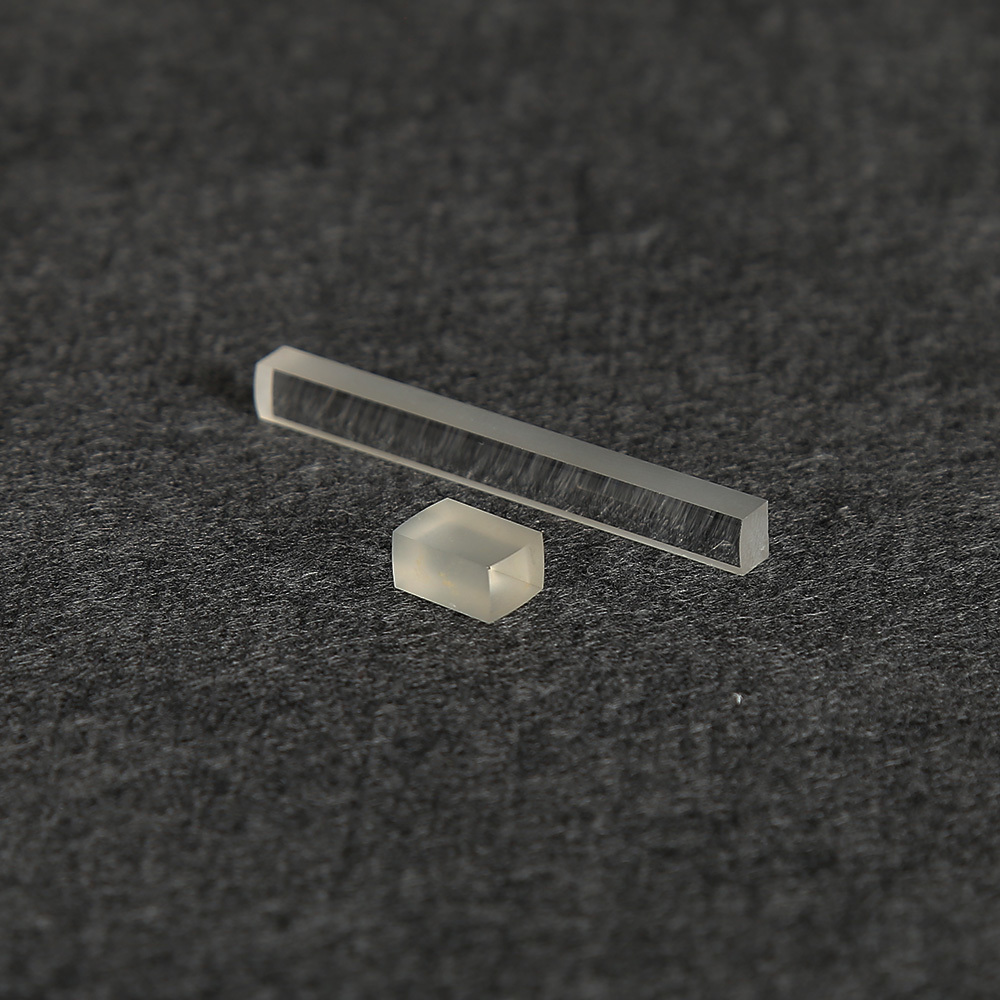
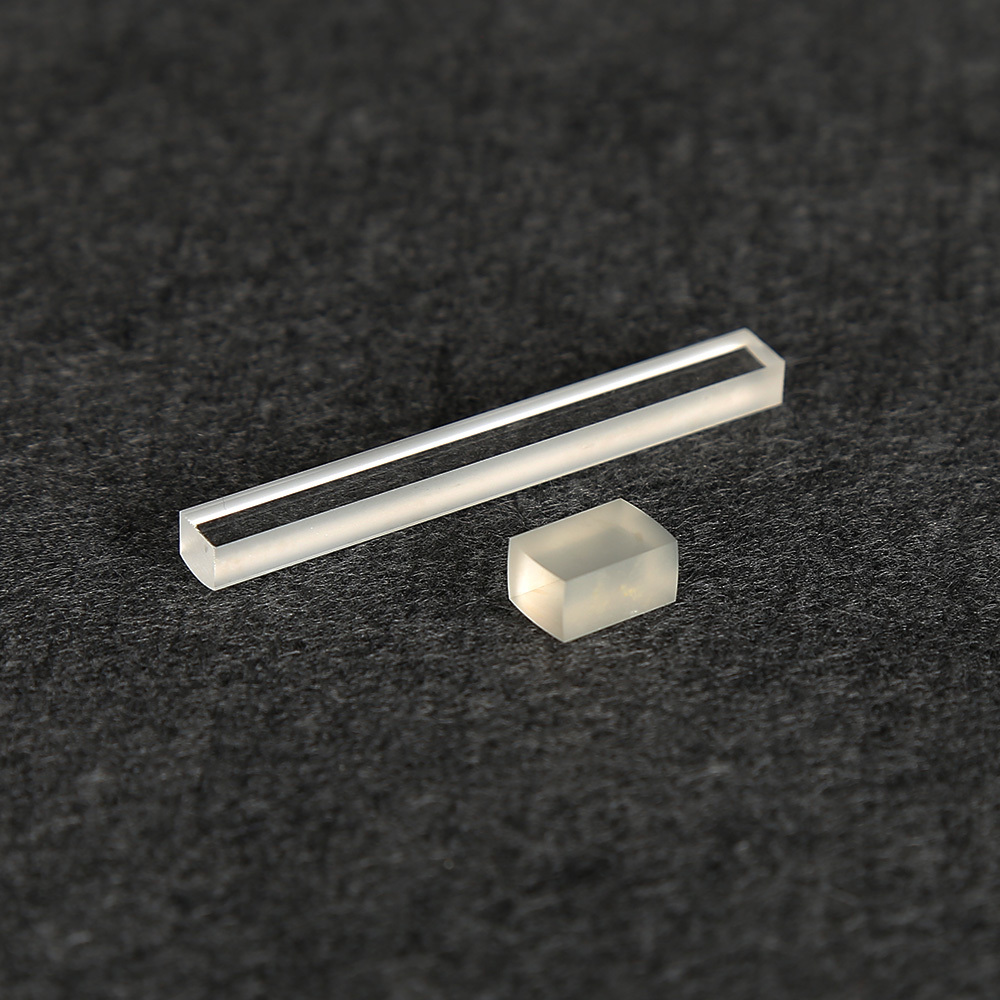
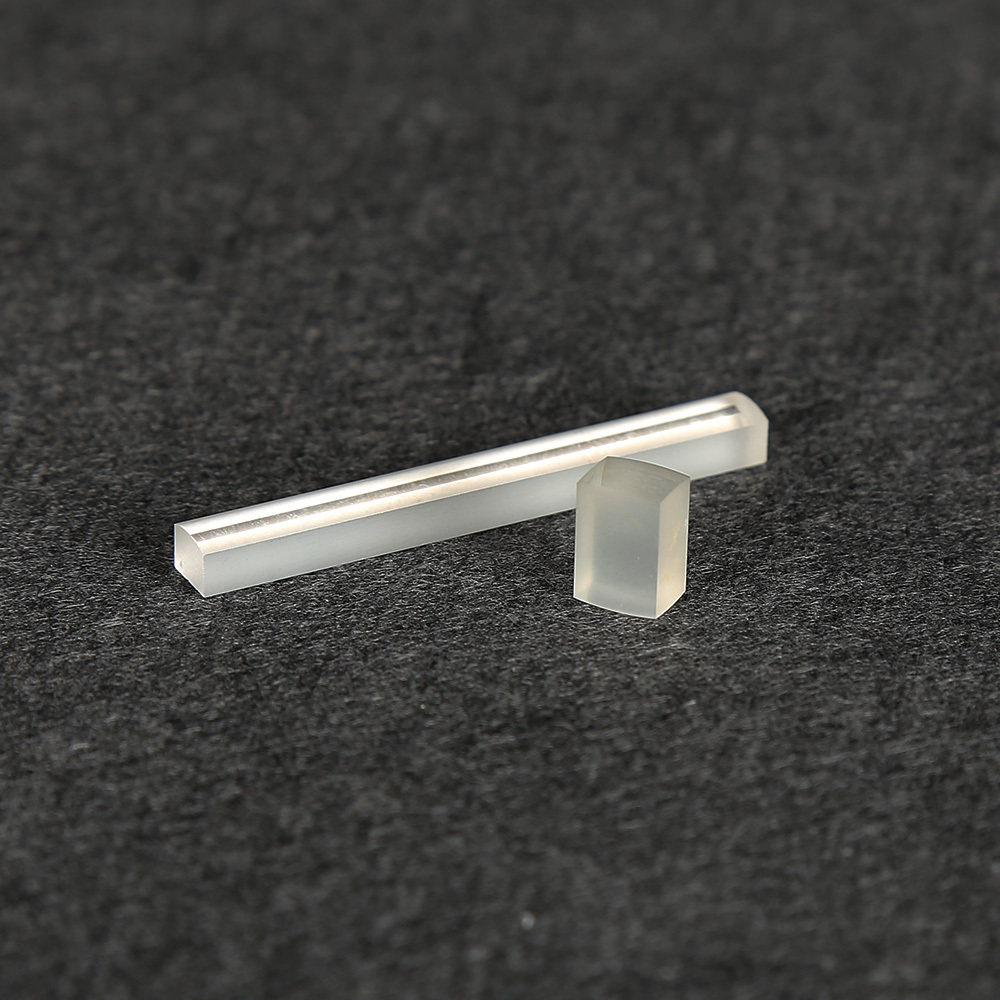
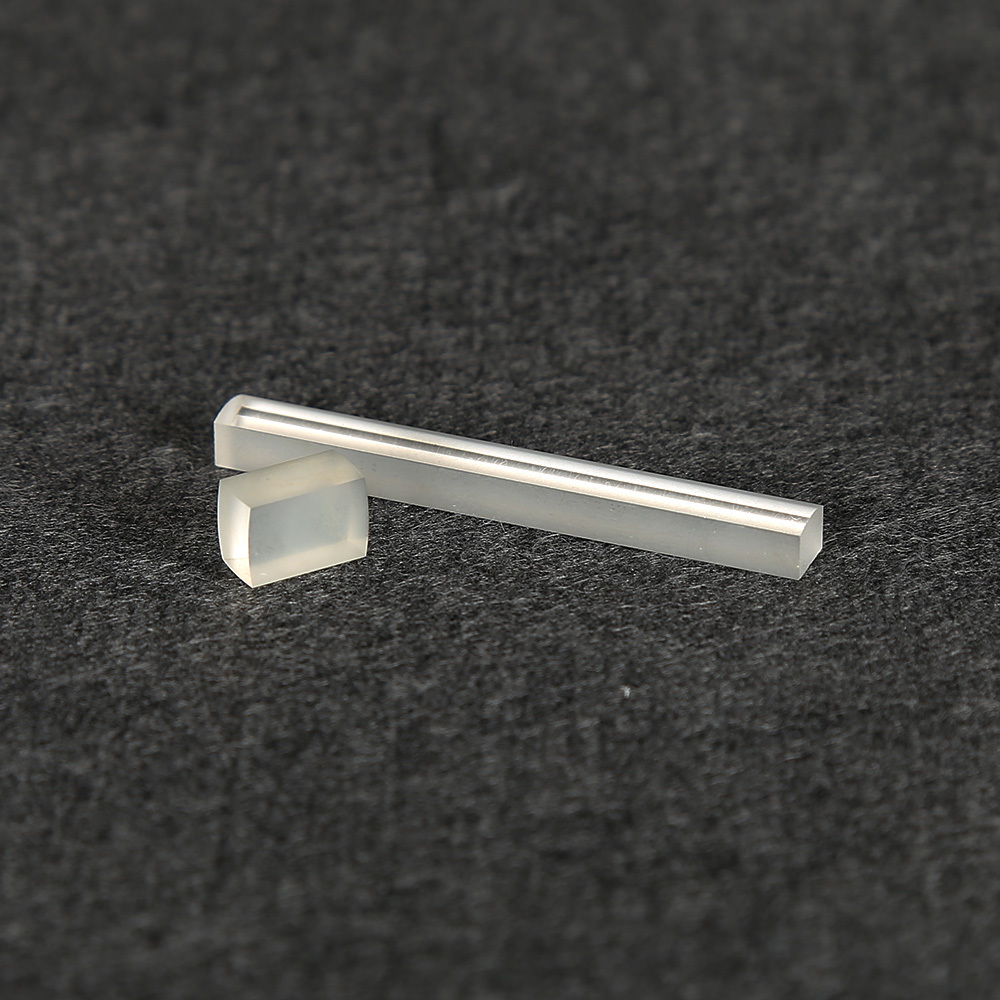
Hello, I am the online customer service
